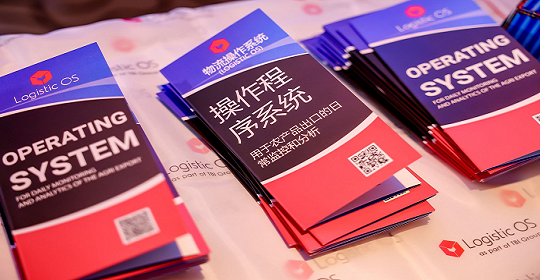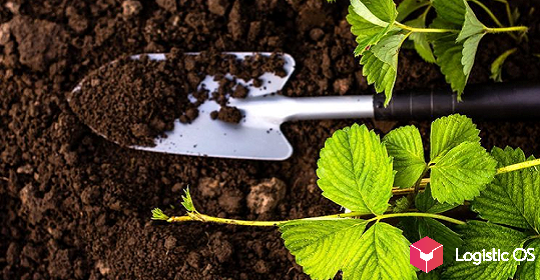According to the latest forecasts, the grain and legume harvest in Russia this year may be 10% less than the average over the past 5 years.
The gross harvest of grain and legumes this year is expected to be 123 million tons (excluding new regions).
This is 2% less than in 2024, and 10% less than over the past 5 years.
In particular, the decrease in the grain harvest may be due to the fact that a significant portion of winter crops, according to experts’ forecasts, may perish.
We are talking about approximately 8% of winter crops from the total area sown with them of 17 million hectares. In total, about 16 million hectares will be harvested.
At the same time, there is reason to expect good results for certain types of agricultural crops.
For example, agricultural producers expect that barley and corn may show good results this season. There is reason to believe that the barley harvest may increase by about 6% and amount to about 18 million tons, and the corn harvest — by 10%, to 14.5 million tons.
In general, analysts increasingly note that in recent years, weather conditions have been less and less favorable.
The frequency and intensity of difficult weather events for farmers is increasing, and it is becoming increasingly difficult to predict what will have to be dealt with in a particular year.
For example, last year there were late May frosts, as well as drought.
Today, the current risk is a winter with little snow: in the absence of snow cover, even light frosts, if they hit in the remaining days of winter, can lead to the death of most winter crops in the fields.
In addition, if you can still hope for favorable weather conditions, it is difficult to expect that agricultural producers will solve their objective problems, in particular, those related to marginality.
The increase in production costs, problems with purchasing equipment and seeds associated with the country’s transition to import substitution, as well as export duties on grain, which do not allow for high profits, put many companies in a very difficult position and force them to switch to more marginal crops, which do not include grain.
As for equipment, the problem is not only its availability, but also its price.
Most companies do not have the opportunity to make large-scale purchases of agricultural equipment today, while the fleet used in the country as a whole is very outdated.
Poor-quality equipment used during sowing or harvesting inevitably leads to crop losses, experts say.

